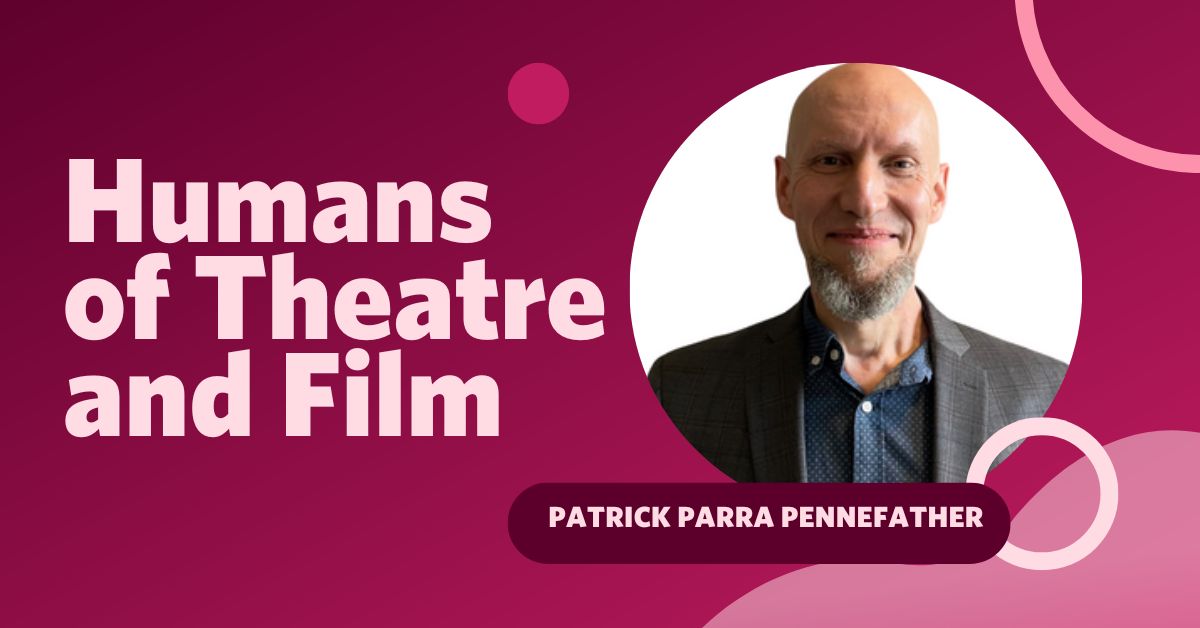

“Double, double, toil and trouble, fire burn and cauldron bubble.” – Macbeth, William Shakespeare
“It’s just a bunch of hocus pocus!” – Hocus Pocus (1993)
“I’m not good; I’m not nice; I’m just right. I’m the Witch. You’re the world.” – Into the Woods, Stephen Sondheim
To celebrate Halloween, we’re spotlighting a figure that has become emblematic of the season: the witch. Rooted in folklore and shaped by centuries of fear and misogyny, the image of the witch has long captivated audiences. Historically portrayed as a villainous hag or malevolent force, this perception has often aided in the persecution of those accused of “witchcraft”. However, over time, witches have evolved into symbols of feminine strength, independence, and resilience. Here, we trace the journey of the witch from feared antagonist to empowering, nuanced figure in film, TV, and theatre, revealing how our fascination with witchcraft has transformed the witch’s role in popular culture.
Witches appear across many cultures worldwide, some revered, some celebrated and some feared, and not all are women. The witch that is typically seen during Halloween festivities is one that has her roots in Europe. “The stereotype of the witch as evil is ancient, dating back to classical Greece,” explains UBC’s resident witch expert, Dr. Sabina Magliocco, Lecturer and Chair of the Study of Religion Program in the Department of Anthropology. “Greek literature is full of figures like Medea and Circe—sorceresses who are often depicted as dangerous and destructive.” The familiar image of “the hag” crystallized during Europe’s witch persecutions, where older, often single women were demonized as societal threats. The popularity of tales like those from the Brothers Grimm and Shakespeare’s Macbeth further cemented the image of the witch as grotesque and harmful.
According to Dr. William Brown, Assistant Professor of Cinema Studies, “Cinema latched onto this idea early on, with Georges Méliès memorably bringing the witch to life in his 1906 film, La Fée Carabosse ou le Poignard Fatal, inspired by a Breton folktale in which a wicked witch seeks revenge on a poor troubadour.” Early cinema leaned into the fearful image of witches with films like The Wizard of Oz (1939) and Disney classics such as Snow White (1937) and Sleeping Beauty (1959), reinforcing a fearsome image of the witch that endured for decades. Each of these works helped perpetuate the idea of the witch as a threat, reinforcing societal anxieties surrounding powerful, independent women.


The Wizard of Oz (1937)
A shift that began in the 19th century when the Romantic Revival renewed interest in nature, mysticism, and the “exotic” pagan figure of the witch. This period offered the first hints of transformation, as witches became figures of fascination rather than fear. Dr. Magliocco explains that this reclaiming of the witch’s image was amplified by early feminist movements and later by TV and film. Shows like Bewitched in the 1960s portrayed witchcraft as a symbol of feminine agency—though often concealed. “Witchcraft,” Dr. Magliocco notes, “came to symbolize autonomy, power, and agency that needed to remain hidden.” In this way, witches began to be seen as complex, sometimes sympathetic characters, marking a move away from the one-dimensional villainy of previous portrayals.
By the 1980s and 1990s, coming-of-age narratives like Sabrina the Teenage Witch, Charmed, and Miyazaki’s film Kiki’s Delivery Service framed witchcraft as a metaphor for self-discovery and empowerment. This era expanded the witch’s role further, allowing her to be a relatable, inspiring figure instead of a purely frightening one. Films like Hocus Pocus, Practical Magic, and The Witches of Eastwick offered fun, empowering, and feminist spins on witchcraft.


Today, witches are more prominent than ever, both in popular culture and in spiritual communities, as people embrace witchcraft and Wicca for support, connection, and resilience. Dr. Magliocco attributes this trend to several key factors: widespread feelings of anger and hopelessness over recent political developments, including attacks on women’s rights and bodily autonomy, as well as a growing number of people who identify as “spiritual but not religious” seeking new avenues for connection and community. This has been reflected in entertainment. In recent years films like The Love Witch (2016) explore themes of female autonomy and societal expectations, while plays such as Yaga by Canadian playwright Kat Sandler reimagine Baba Yaga as a symbol of resilience rather than fear. TJ Cuthand’s short film, Helpless Maiden Makes an “I” Statement, offers up a queer-Indigenous commentary on the witch figure in Disney movies, providing a fresh perspective on an evolving symbol.
The ongoing cultural fascination with witches speaks to evolving attitudes toward power, femininity, and independence. As the witches onstage and onscreen continue to be redefined with complexity and nuance, they encourage us to question and resist stereotypes that have historically marginalized women. These modern depictions allow witches to embody a more inclusive, multifaceted symbol, making room for future portrayals that celebrate individuality and resilience.
What are your favourite witchy Halloween movies, TV series or plays?
Here’s a list to get you started (these are all available at the VRC!):
Häxan (1922)
The Devils (1971)
Belladonna of Sadness (1973)
Hausu (1977)
Kiki’s Delivery Service (1989)
Chinese Ghost Story 3 (1991)
Hocus Pocus (1993)
Practical Magic (1998)
The Blair Witch Project (1999)
Sleepy Hollow (1999)
Bewitched (2005)
Nanny McPhee (2005)
The Woods (2006)
Stardust (2007)
Mother of Tears (2007)
The Golden Compass (2007)
Uncle Boonmee Who Can Recall His Past Lives (2010)
The Love Witch (2016)
The Widowed Witch (2017)
Suspiria (2018)
Incantation (2022)
Resources
Greene, Heather. Lights, Camera, Witchcraft: A Critical History of Witches in American Film and Television. Llewellyn Publications, 2021.
Carlin, Shannon. Witches Run Amok: The Oral History of Disney’s Hocus Pocus. Hyperion Avenue, 2024
Rakusen, India, host. Witch. BBC Sounds, 2023
Thank you to Dr. Sabina Magliocco (Department of Anthropology) and our own Dr. William Brown (Assistant Professor, Cinema Studies), Dr. Ernest Mathijs (Professor, Cinema Studies), and Dmitri Lennikov for their expertise and insight for this article.


